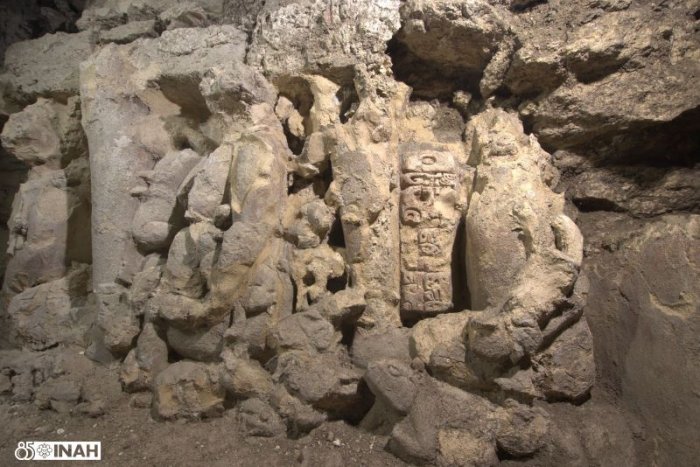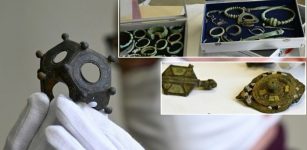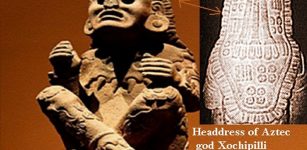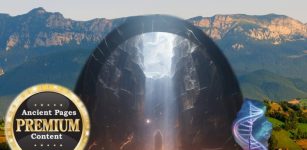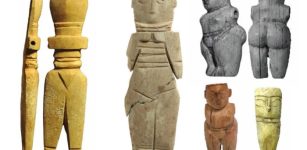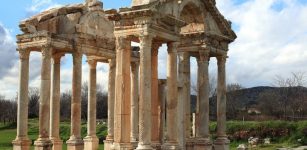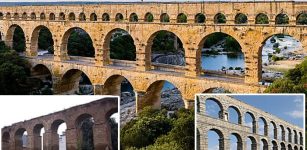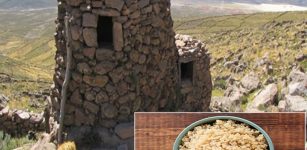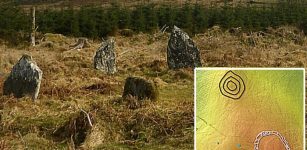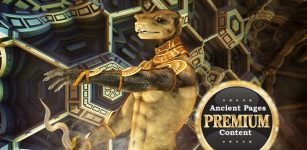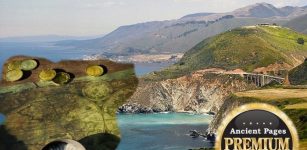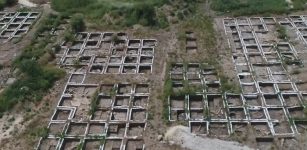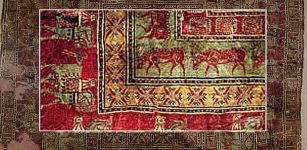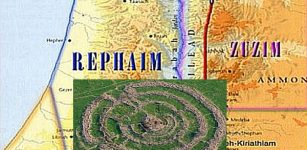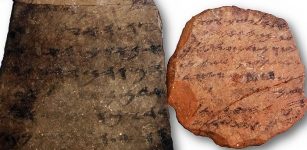Powerful Ancient Maya Kaanu’l Dynasty And Their Intriguing Reliefs Of Mythical Animals And Celestial Ancestors In Quintana Roo, Mexico
Jan Bartek - AncientPages.com - Under the serpent emblem, known as "kaan" in the Mayan language, the Kaanu'l dynasty governed a dominant state with significant political influence across much of the Classic Maya Lowlands from 520 to 751 A.D.
Credit: Gibrán Huerta / INAH
Their extensive territory encompassed areas of present-day Mexico, Belize, and Guatemala. This civilization is widely recognized as a formidable ancient Maya power. Archaeologists have gained substantial insights into their way of life through excavations in the Dzibanche archaeological zone in southern Quintana Roo, Mexico.
A recent archaeological discovery by the National Institute of Anthropology and History (INAH) within this zone has provided further understanding of the Kaanu'l dynasty. In Ball Court II's western area, researchers uncovered two platforms adorned with stucco reliefs featuring intricate designs. Although this area has been explored previously, its architectural details are only now being fully revealed.
The Kaanu'l dynasty ruled over numerous lordships in today's territories, including Mexico, Belize, and Guatemala. Credit: Gibrán Huerta, INAH.
These reliefs exhibit artistic precision that highlights the advanced nature of Mayan civilization. They portray scenes with guardians, ancestral celestial figures, and mythical animals—elements that emphasize the serpent's symbolic role as an emblem of power and divine lineage for the Kaanu’l dynasty.
One particularly captivating scene depicts two guardians overseeing a pedestal likely meant to hold a sculpture of a Kaanu’l ruler, as suggested by glyphs on its podium. Another platform illustrates ancestors residing among stars and serpents in what appears to be a blend of Mayan and Teotihuacan iconography.
Credit: Gibrán Huerta, INAH.
This blend of cultural influences highlights interactions among pre-Columbian civilizations. A notable example is a relief featuring mythical animals linked to constellations, reflecting Mayan cosmological beliefs.
“A feature shared by all three scenes is the representation of intertwined snakes, indicating that the rulers of Dzibanché used these images to reaffirm their ancestry or lineage. Let's also remember that in pre-Hispanic Mayan societies, the hierarchs were seen as representatives of the gods on Earth,” the INAH scientist informed in a press release.
At the height of their power, the Kaanu'l inhabited Dzibanché during the Early and Late Classic periods, between 250 and 650 AD. Later, the lineage divided into two groups: one remained in the settlement, and the other settled in Calakmul.
Credit: Gibrán Huerta, INAH.
"It was a powerful dynasty, and in Dzibanché, there are numerous buildings, offerings, and other elements that tell us about their beliefs and military exploits," explains Sandra Balanzario Granados, the head of Promeza in Dzibanché.
The temporality of the discovered platforms, and therefore the stuccoed reliefs, has been established as the Early Classic period (500-600 AD), coinciding with the rise of the Mayan city.
The Dzibanché team, consisting of six specialists and 92 assistants, focuses on restoring 3 by 1. 6-meter reliefs. This work began in December 2023 and will continue until December 2024.
Credit: Gibrán Huerta, INAH.
Made from lime mortar with sascab, the stuccos show traces of red, blue, yellow, and black. Due to weathering and humidity exposure, restoration is gradual and meticulous. While specialists decide on displaying them, photographs are taken for potential photogrammetric models to create replicas if conservation requires covering the originals again.
Credit: Gibrán Huerta, INAH.
"For us, this is a great find because, although we had stucco reliefs on larger buildings, we never expected to find such decorated façades on a ball court with such profound meanings as these apparently have," concludes Sandra Balanzario.
See also: More Archaeology News
The discovery of these important elements was made possible by the research and conservation efforts of the federal Ministry of Culture at this Quintana Roo heritage site. This was achieved through the Program for the Improvement of Archaeological Zones (Promeza), implemented by the National Institute of Anthropology and History (INAH), in conjunction with the Mayan Train project.
Written by Jan Bartek - AncientPages.com Staff Writer



